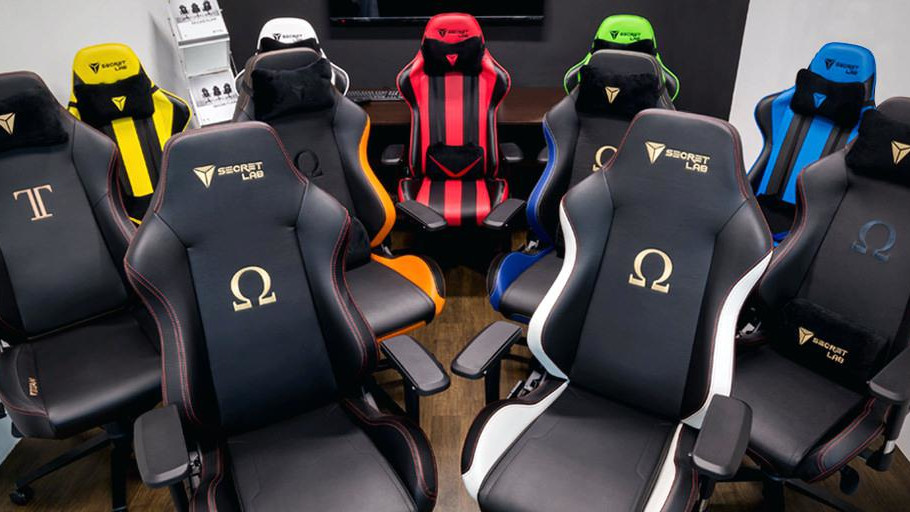
Make yourself heard with the best microphone gaming, streaming, and anything else you do with your PC. Sure, the mini-mics attached to the best gaming headsets will often suffice when you want to scream at an underperforming squadmate, but if you really want them to pay attention to what you say or run a proper stream, then having the best microphone is a must.
Sitting comfortably?

Best chair for gaming: the top gaming chairs around
Best PC controller: sit back, relax, and get your game on
Grabbing a great mic is also necessary for putting on a good show. You can have the best lighting in the world and top of a line camera, but if your audio is even slightly off, it can ruin your entire stream. Online viewership is a fickle beast, and the slightest hiccup will cost you views.
USB microphones have become more prevalent in recent years, so there are many choices out there. XLR mics still offer the best sound quality (especially if you plan on playing instruments or singing). However, they come with a reasonably hefty price tag and are generally more difficult to set-up than those that use USB (potentially requiring some external interface).
When choosing the best microphone, you'll want to give some thought to how and where you plan to use it. If there's a main road outside your window or a super loud air conditioner in your bedroom, you'll want to prioritize noise-canceling features to prevent picking up any background noise. If you have an RTX card on your PC or laptop, you might want to give the RTX Voice beta a try.
It uses AI-powered by your GPU to remove background noise from both your microphone and incoming audio. There's also the Asus Noise-cancelling Microphone Adapter. This is a great tool to quickly cut out the sound of a loud fan, the clatter of your mechanical keyboard, or any other noise that usually drives you crazy when you record, without needing any sound editing software or diving into your microphone's settings.
It's also worth noting that microphones have different polar patterns meant for various uses, which you can find out more about at the bottom of this guide.
Once you're all set with a solid mic, you might want to check out our guide to the best gaming headsets. Alternatively, if you're looking to round out your streaming set-up, one of the best webcams could be the critical piece of gear you need. Lastly, there's been a rise in budget microphones under $100 whose sound quality can rival some more expensive mics on the market.
Best microphone for streaming
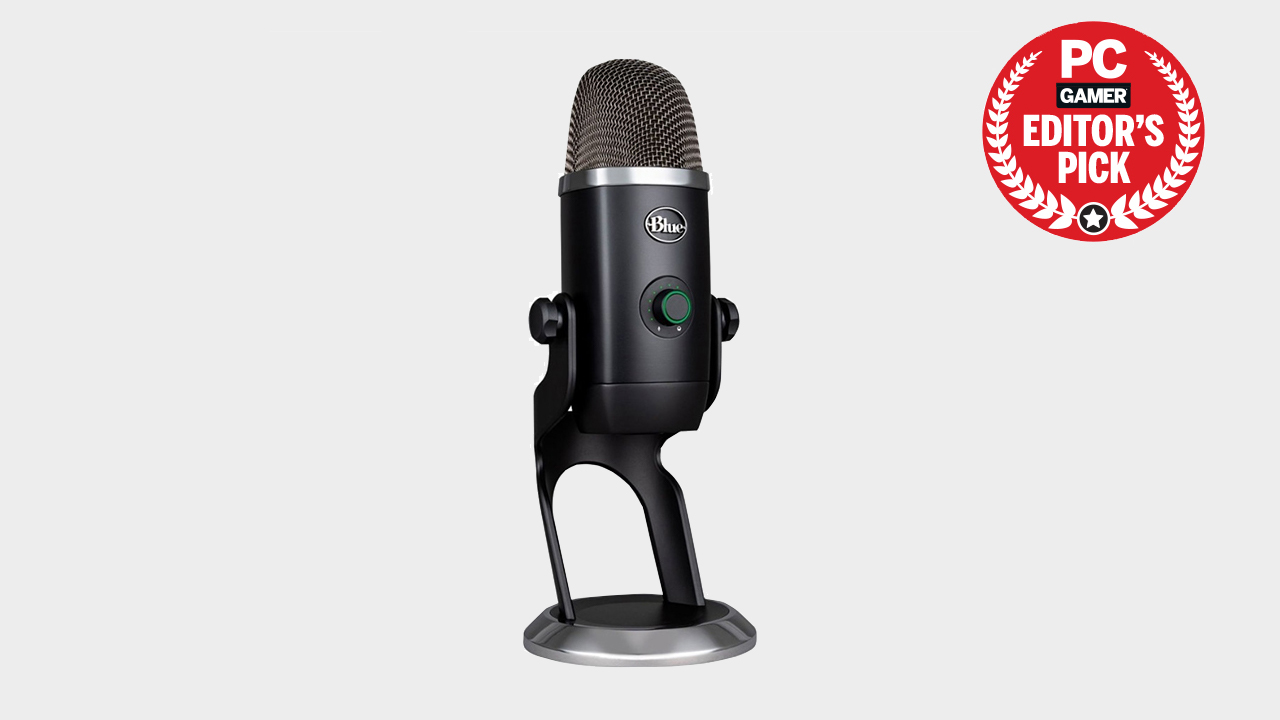
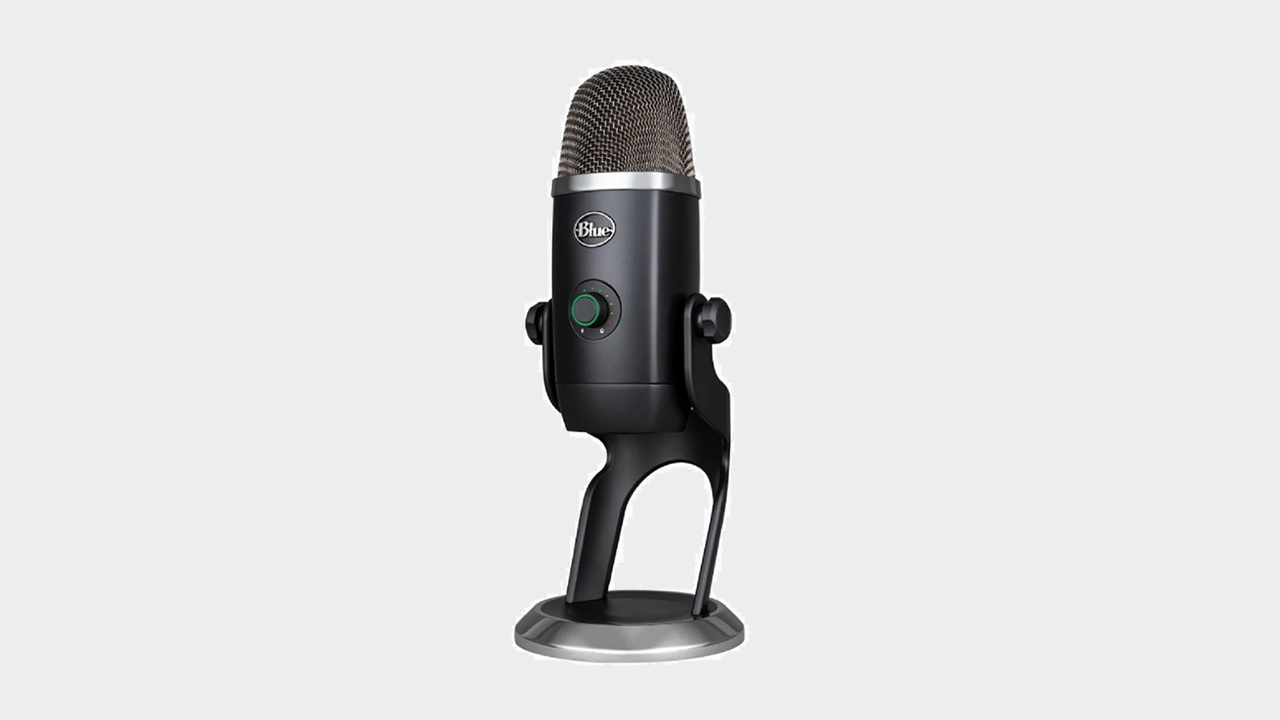
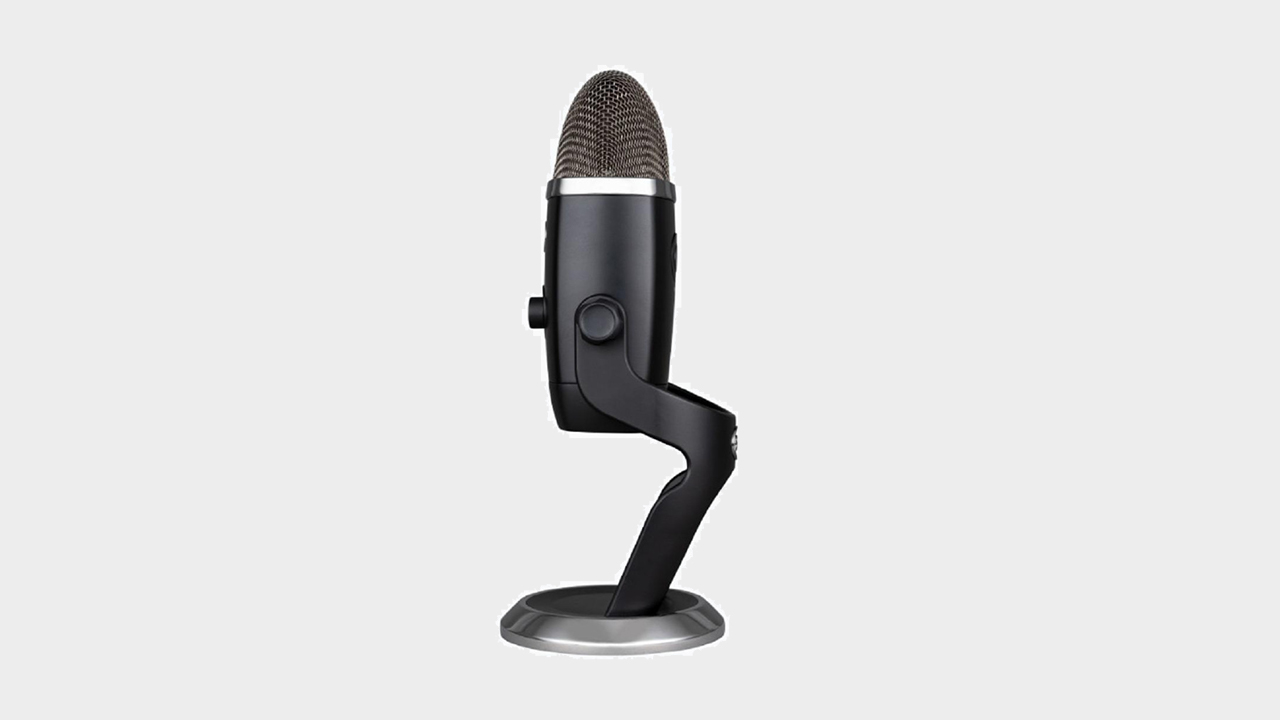
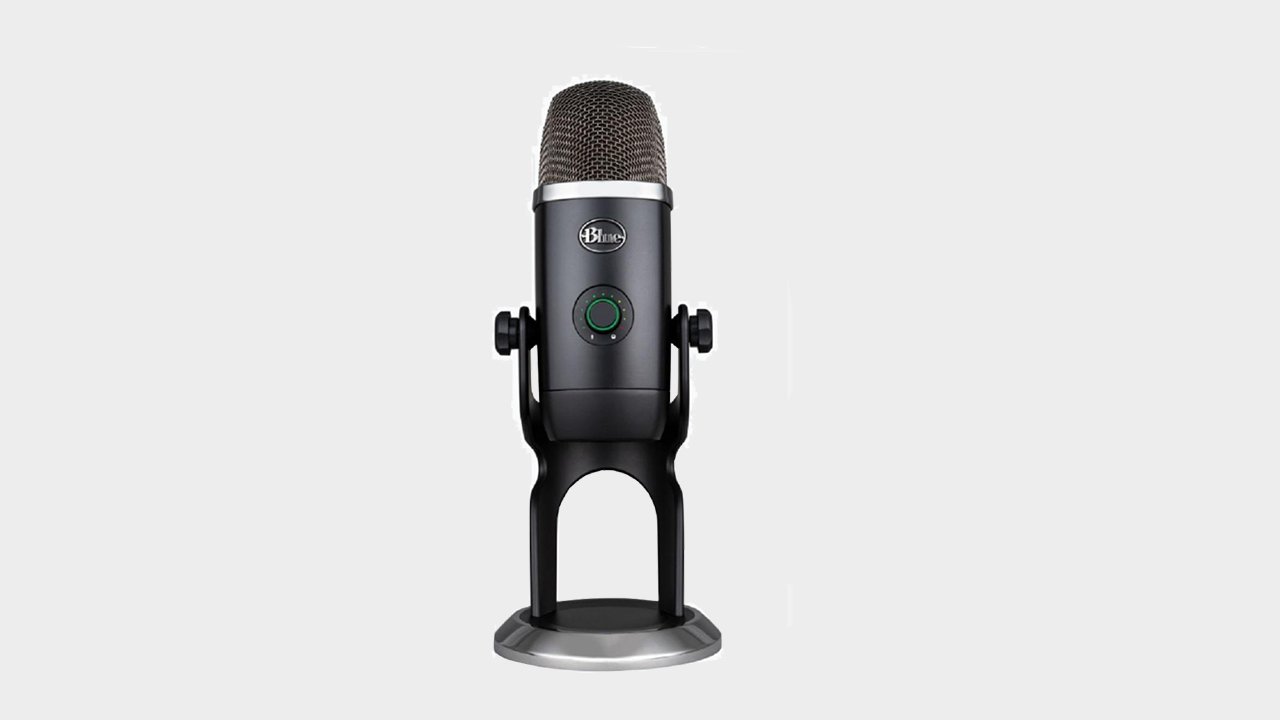
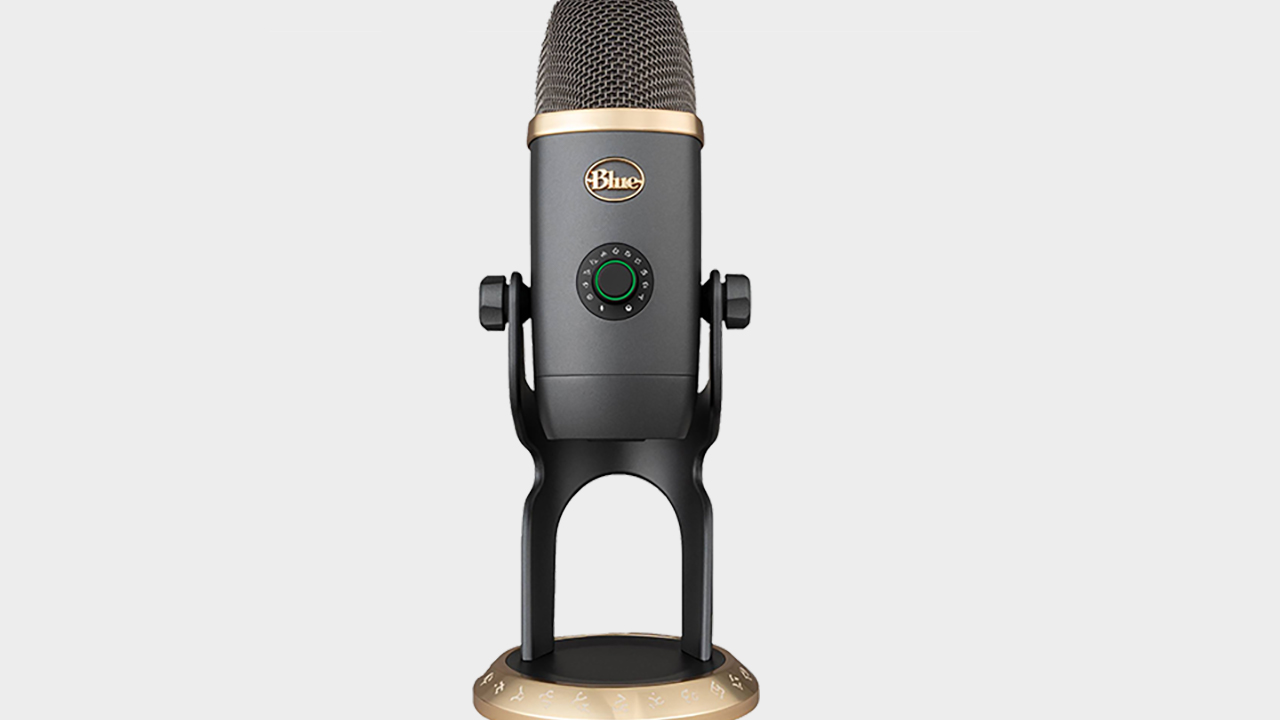
1. Blue Yeti X
The best microphone for streaming and podcasting.
Specs: Power: 5V | Polar patterns: Cardioid, Bidirectional, Omnidirectional, Stereo | Connectivity: USB | Frequency response: 20Hz-20,000Hz | Features: Blue Vo!ce, zero-latency monitoring, Smart knob controls
There's a reason Blue microphones tend to show up in a lot of 'best' guides. The Blue Yeti X is a hybrid model of the Nano and the original Yeti. The sturdy microphone now has an LED-lit front panel that usefully monitors your volume levels at a glance. The sound quality remains top-notch—you can see why this is the mic of choice of many professional podcasters and streamers. If you're choosing between this and the original Yeti, the Yeti X has four condenser mic capsules instead of the original's three. The Yeti X also offers a broader array of customization options, and on the fly adjustments you can make with the new smart knob.
The biggest and perhaps most useful change comes in the form of Yeti X's Blue Voice software via G Hub. Here, you can add preset (or customize your own) filters to your voice to make yourself sound like a chatty AM host or something crisper and modern-sounding.
It's even got a toggle for noise reduction in case the sound of your air-conditioner regularly plagues your recordings. A useful feature since the Yeti X is very sensitive and picks up every nearby clack-click and distant radiator sound. The Yeti X is the best non-XLR microphone you can pick up for under $200.
Blue recently released a World of Warcraft Edition Yeti X. It offers the same features as the Yeti X, except it's rocking a nice black with gold trim design along with some neat fantasy glyphs all over the mic. More importantly, it lets you choose to voice to various Warcraft races like gnomes, imps, and of course, Orcs.
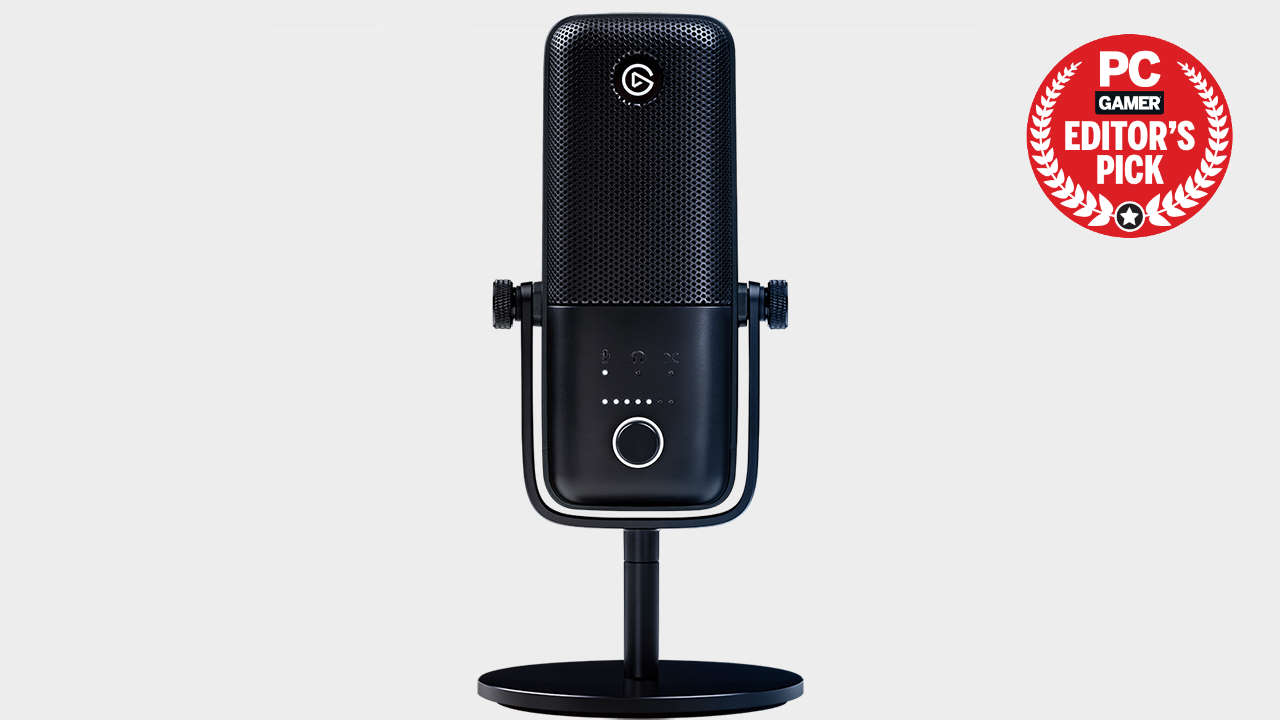
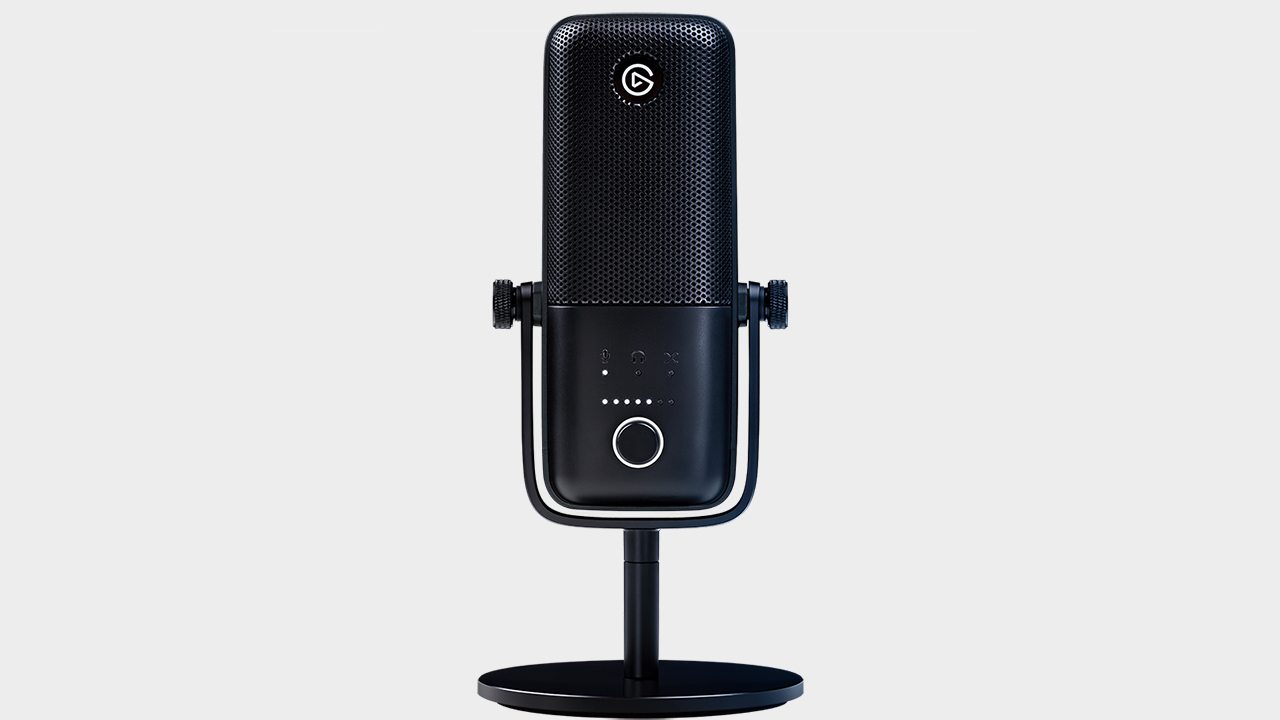
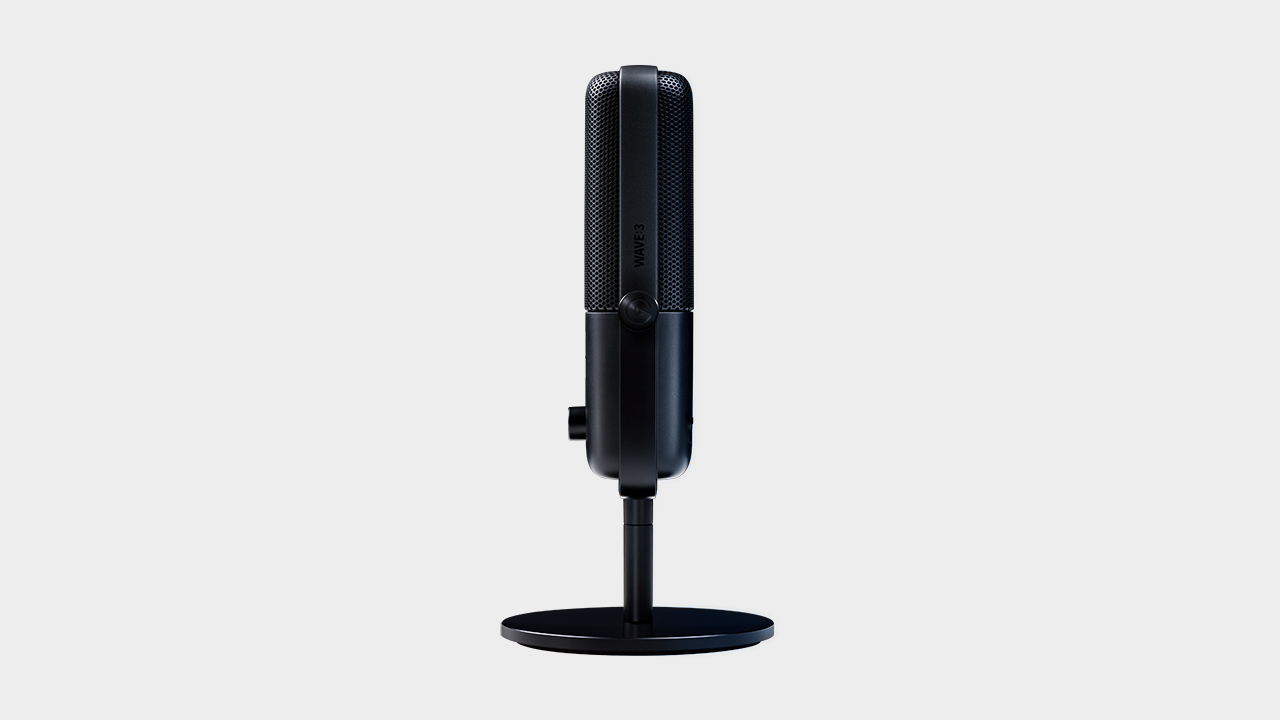
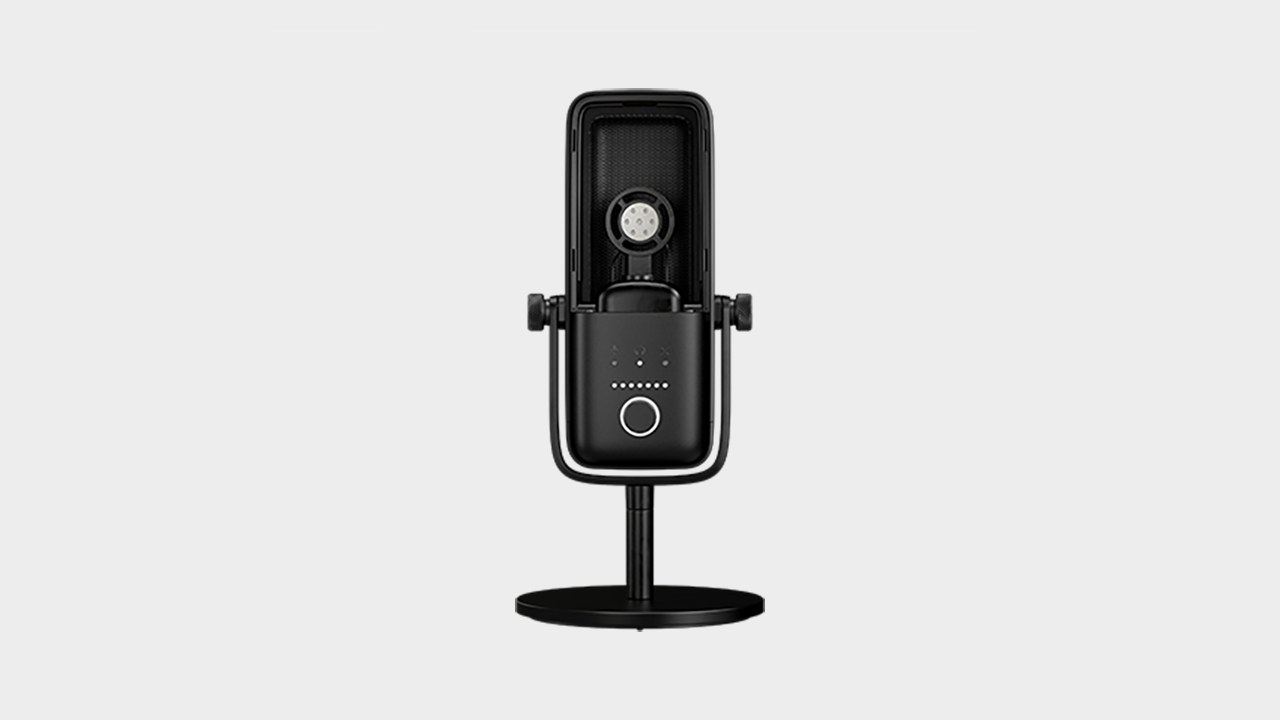
2. Elgato Wave 3
Best microphone for streamers.
Specs: Power: 5V | Polar patterns: Cardioid | Connectivity: USB | Frequency response: 70Hz-20,000Hz | Features: Capacitive Mute, Volume control, Gain Control
The Elgato's debut microphone is for streamers who need to idiot-proof the audio on their streams. The Wave 3 is a feature-packed 96kHz microphone that sounds incredible that is easy to use, and compatible with most desk boom arms.
The digital audio mixer allows for up to 8 channels for game audio and devices that can be imported into OBS and Xsplit, giving you more control over your stream's audio without needing to be a sound engineer. The capacitive mute button is a nice touch with Clipguard tech that automatically adjusts your levels from ever hitting red.
The single cardioid polar pattern limits the Wave 3's versatility, but if you're looking for the best microphone for their next stream, Elgato has got the mic for you.
Read our Elgato Wave 3 review.
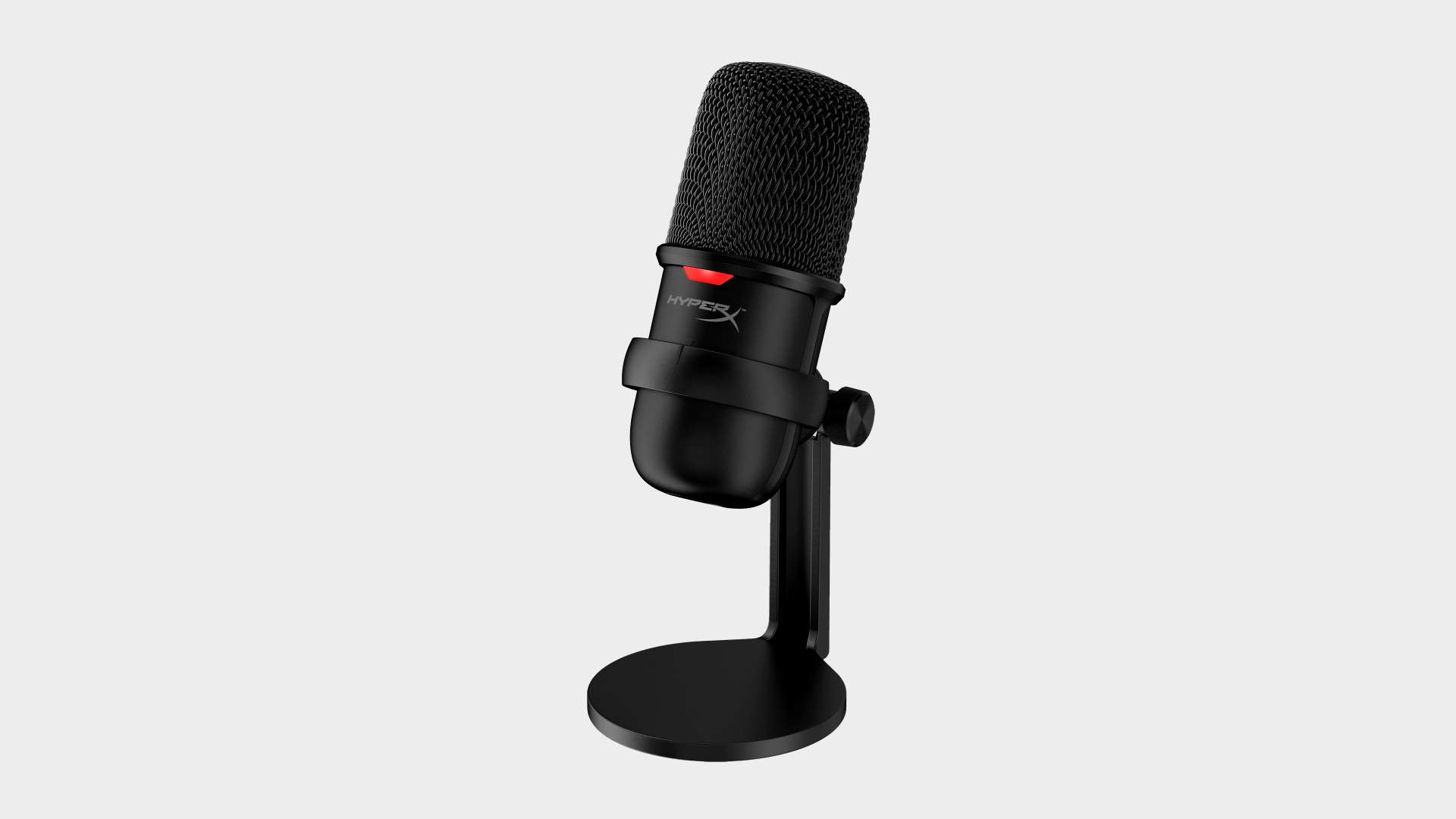
3. HyperX SoloCast
The best budget microphone
Polar patterns: Unidirectional Cardioid Polar Pattern | Connectivity: USB | Frequency response: 20Hz-20,000Hz | Features: Tap-to-mute sensor
The HyperX SoloCast is the best of a slew of new budget-oriented microphones. These new mics deliver their more expensive siblings' audio performance, prioritizing the sound over extensive feature sets for a frankly fantastic price.
With the JLab Audio Talk GO and Razer Seiren Mini all offering great sound, the HyperX SoloCast about stands above the others because it's essentially giving us the audio chops of its pricier QuadCast S compatriot. That's a fantastic microphone in its own right, and we can bear losing the full list of features and range of polar patterns when we want an easy plug-and-play mic.
I mean, you lose the sexy RGB lighting of the QuadCast, which is missed, but they sound almost identical. And if you're just after higher-quality audio, and don't want to start messing around with gain settings mid-stream, then the SoloCast could be all the mic you need.
Please read our full HyperX SoloCast review.
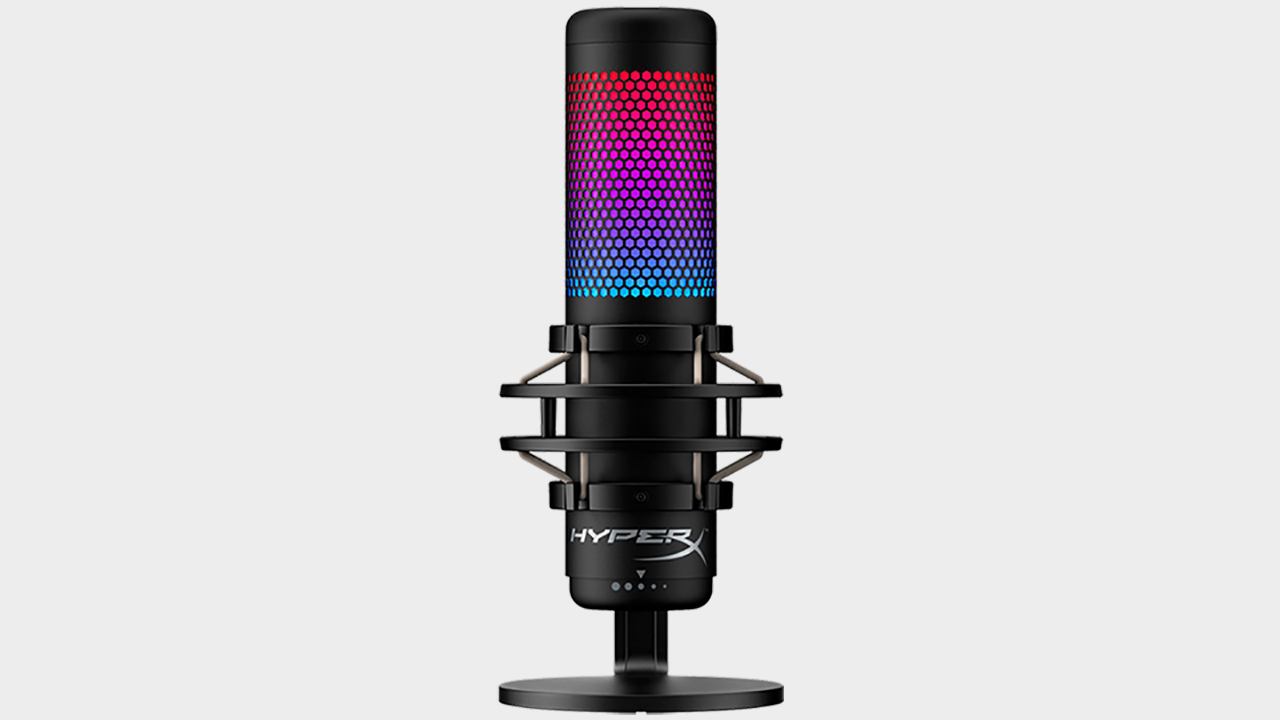
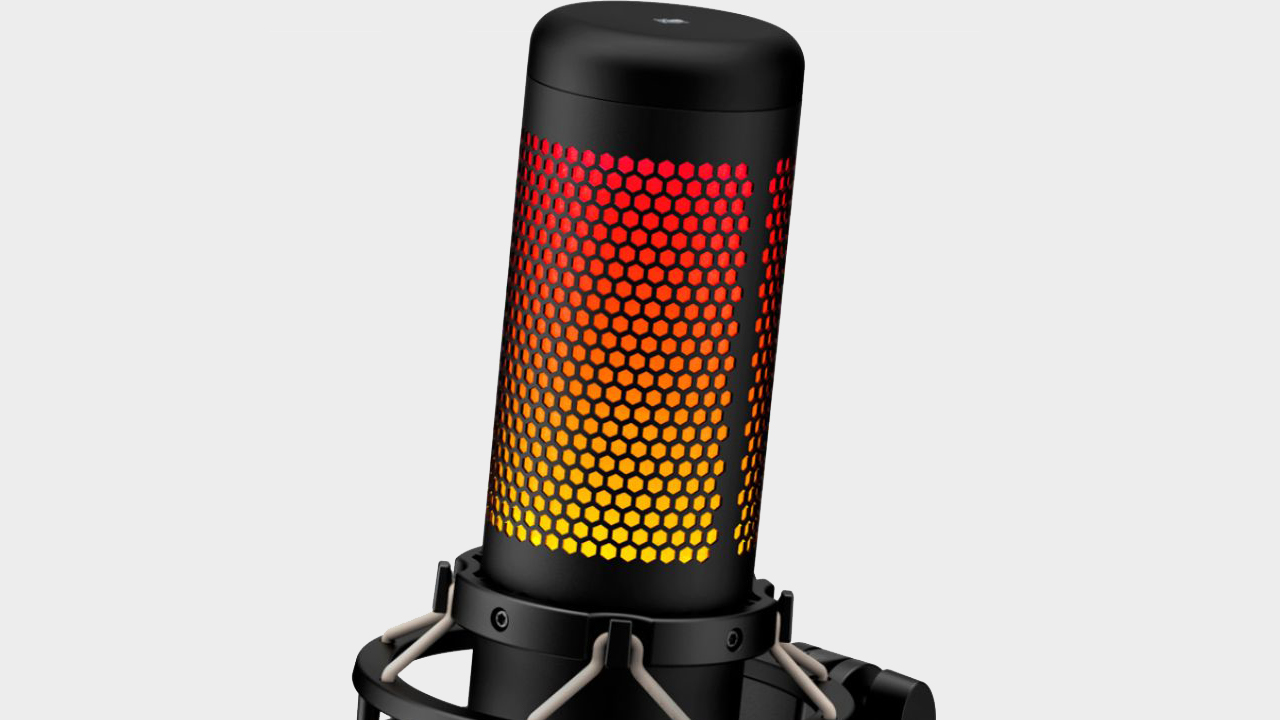
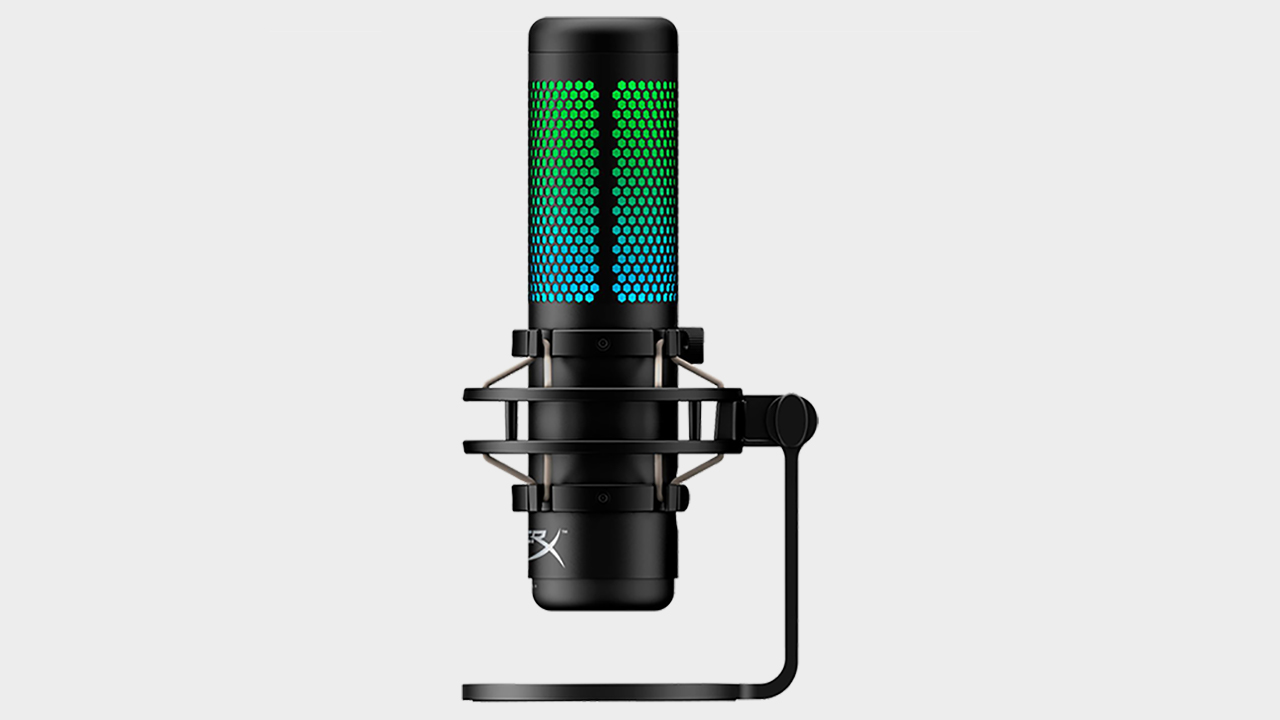
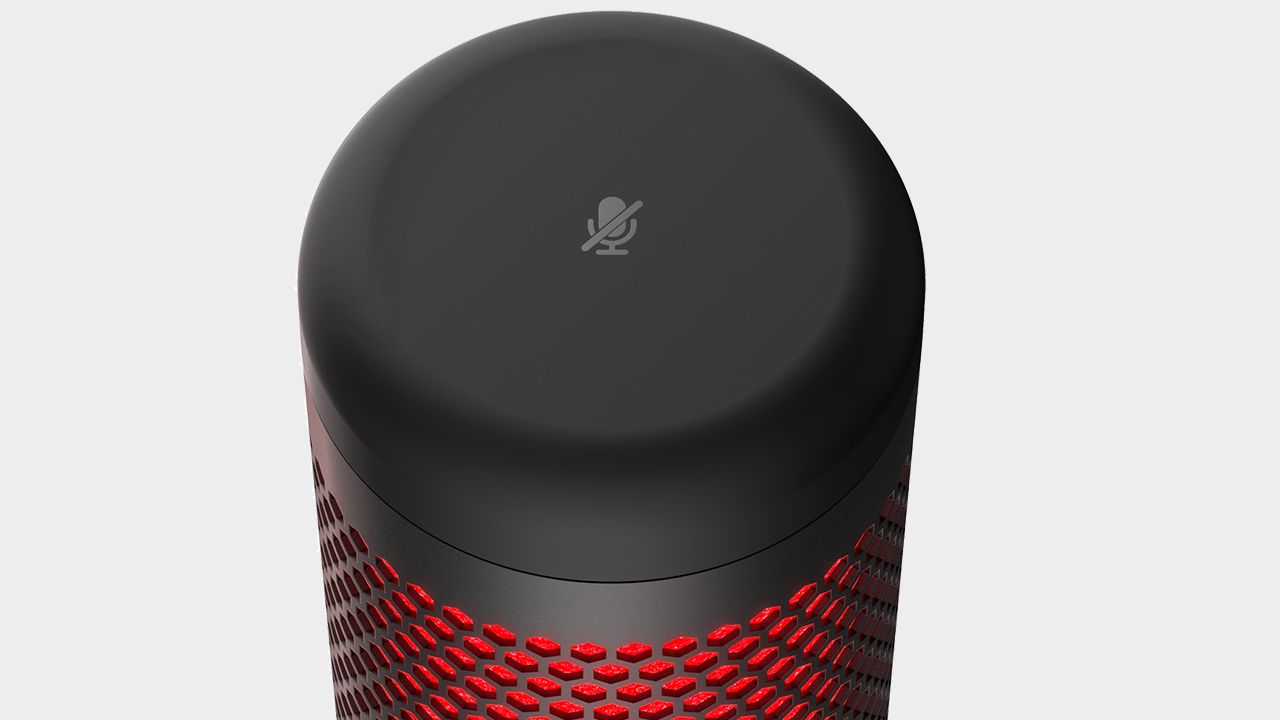
4. HyperX Quadcast S
The best microphone for gaming
Specs: Power: 5V | Polar patterns: Cardioid, Bidirectional, Omnidirectional, Stereo | Connectivity: USB | Frequency response: 20Hz-20,000Hz | Features: Built-in Shockmount
The gamer-centric HyperX Quadcast S is an excellent value microphone for the streamer looking for an easy-to-use, clear sounding mic. While it doesn't quite match up to the Yeti X in terms of sound quality, the Quadcast S makes up for it in design and feature-set.
The built-in shock mount alone is reason enough to pick up this HyperX mic. Decent shock mounts usually go for around $50, which helps prevent the microphone from picking up any accidental bumps and thuds during streaming.
Another nice feature is the touch-sensitive mute button at the top of the microphone. Often, mute buttons and switches make a loud click when recording a thoughtful solution for a common issue. The Quantcast S hits the sweet spot of price, sound, and features if you're looking to add something to your live stream.
The biggest difference between the Quadcast S and last year's Quadcast is that it offers dynamic RGB lighting, so it looks like you're speaking into a lava lamp. If you're not an RGB fan, you can save yourself $20 and pick up Quadcast since they are the same microphone sans the light show.
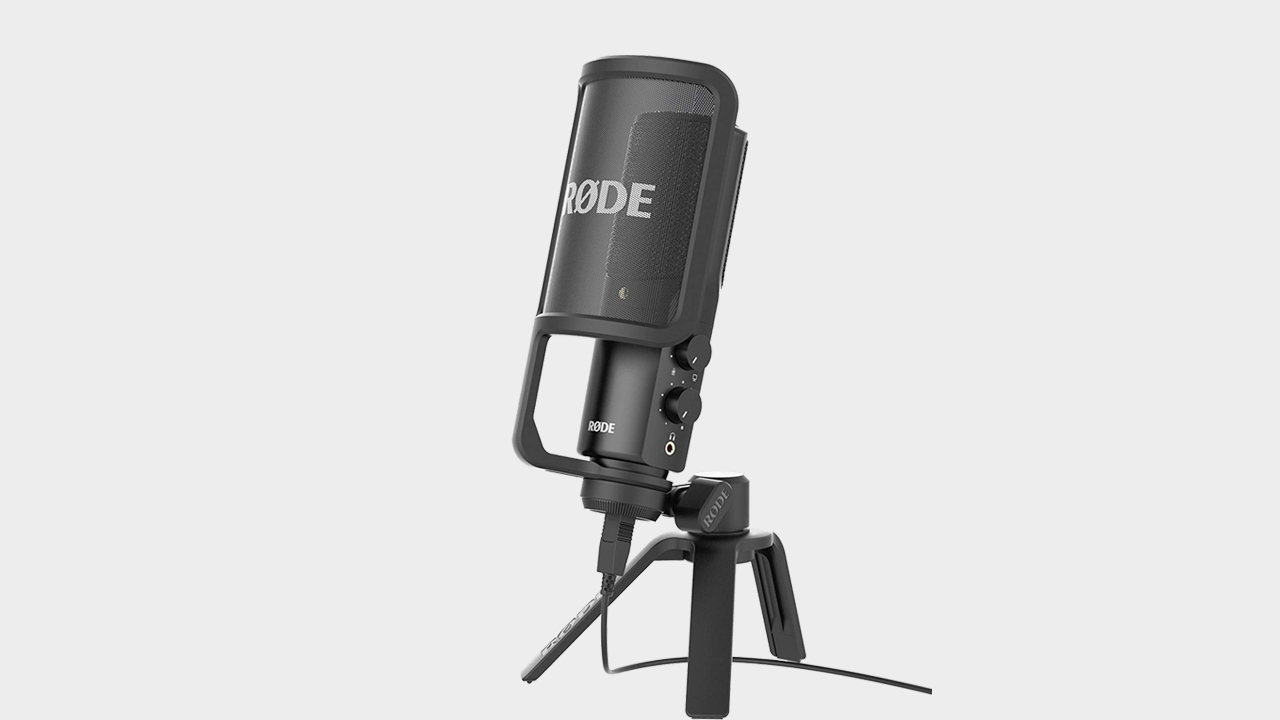
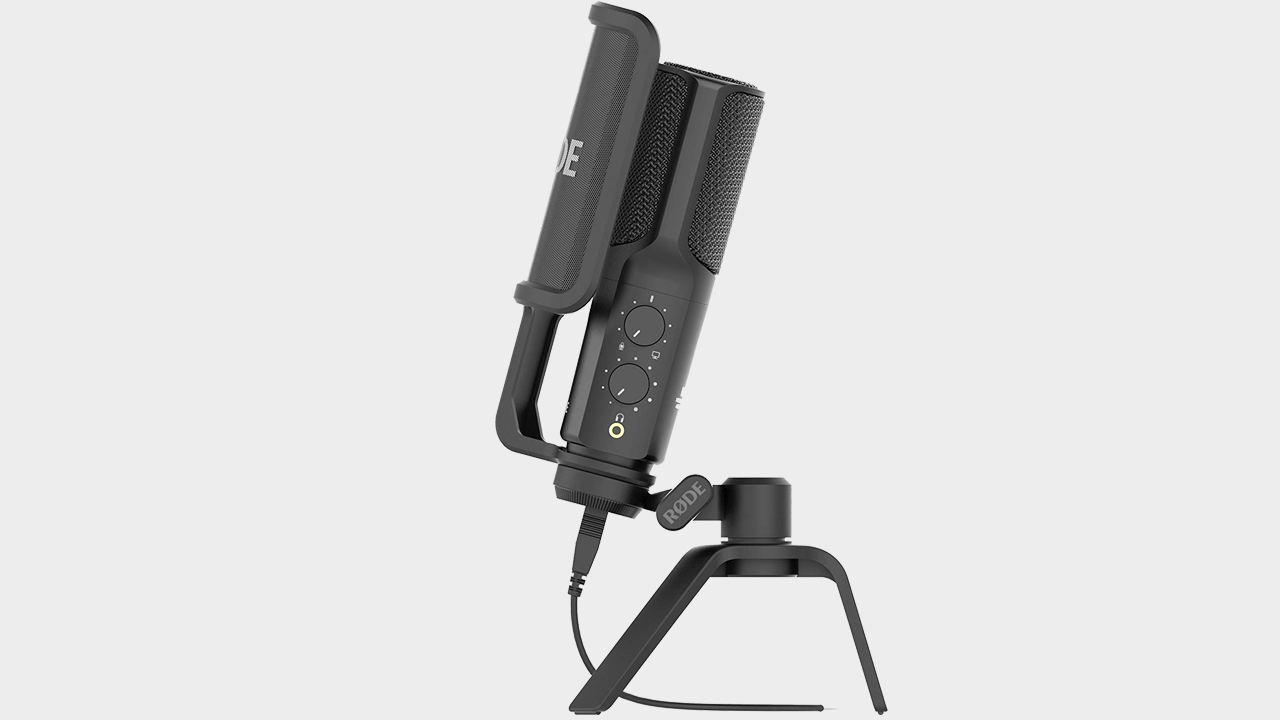
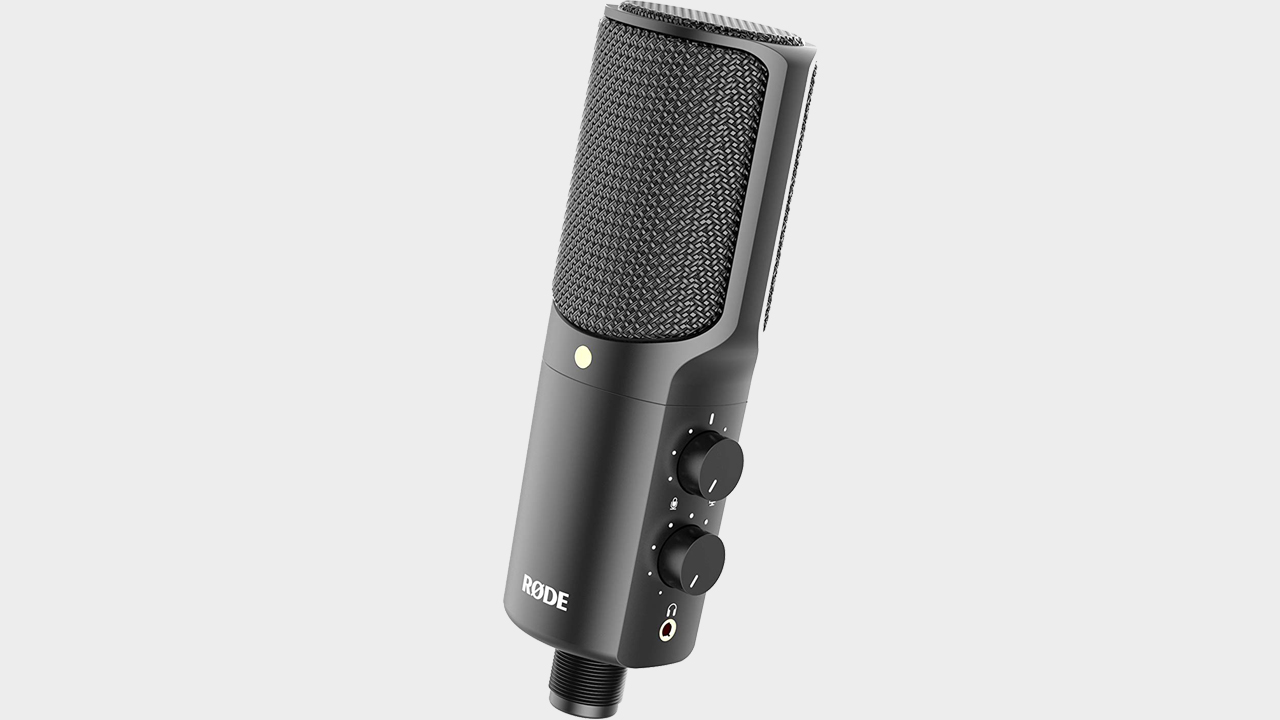
5. Rode NT USB
The best premium microphone for performers
Specs: Power: 5V | Polar patterns: Cardioid | Connectivity: USB | Frequency response: 20Hz-20kHz | Features: Side-address, on-mic mix control, pop shield, tripod, zero-latency stereo headphone monitoring
Rode's NT USB microphone screams 'professional'. Mimicking the look of studio microphones while maintaining a reasonable cost, the NT is the right choice for users who want to further their hobbies. Its sound quality goes above, and beyond the competition (Blue's Yeti, for instance), the inclusion of a free pop shield is much appreciated.
It may only have one polar pattern—cardioid—and a few odd design choices like smooth dials, but it remains a brilliant option for those who want to specialize in voiceover and streaming. As mentioned in our Rode NT review, "NT-USB claims to offer "studio-quality sound" without studio-quality prices... and the developers might just have managed it."
Read our Rode NT USB Microphone review.
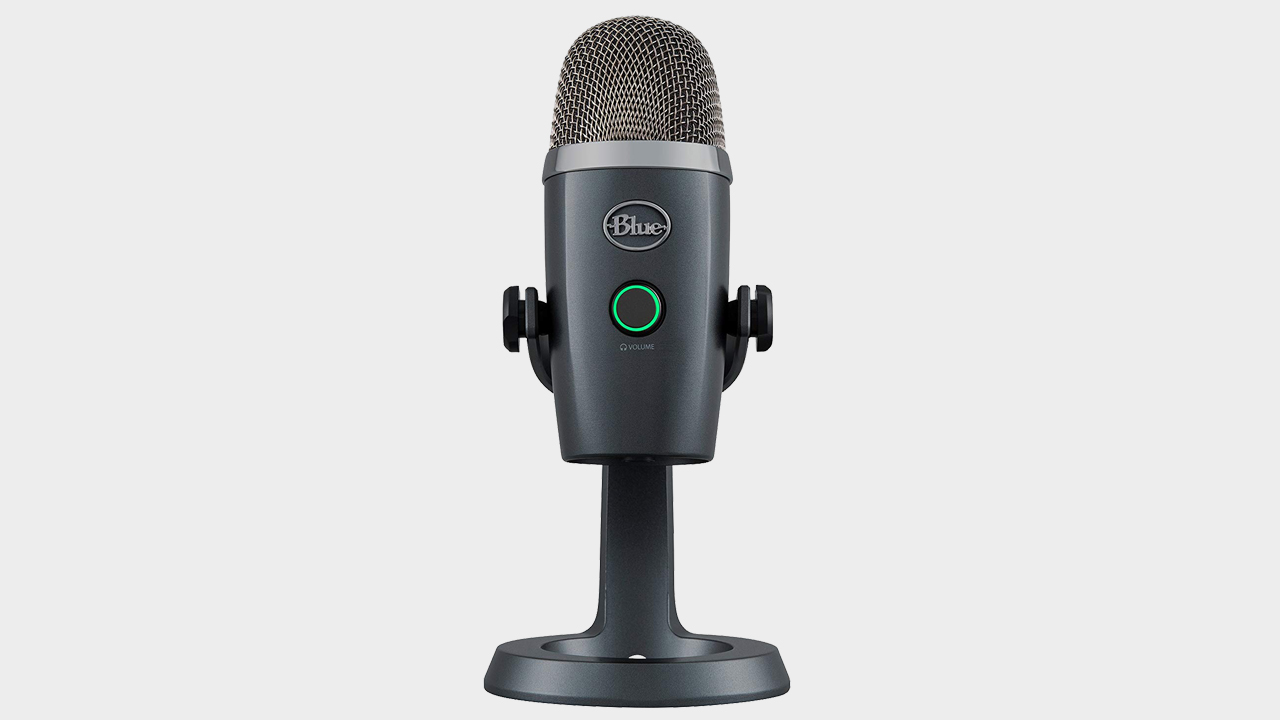
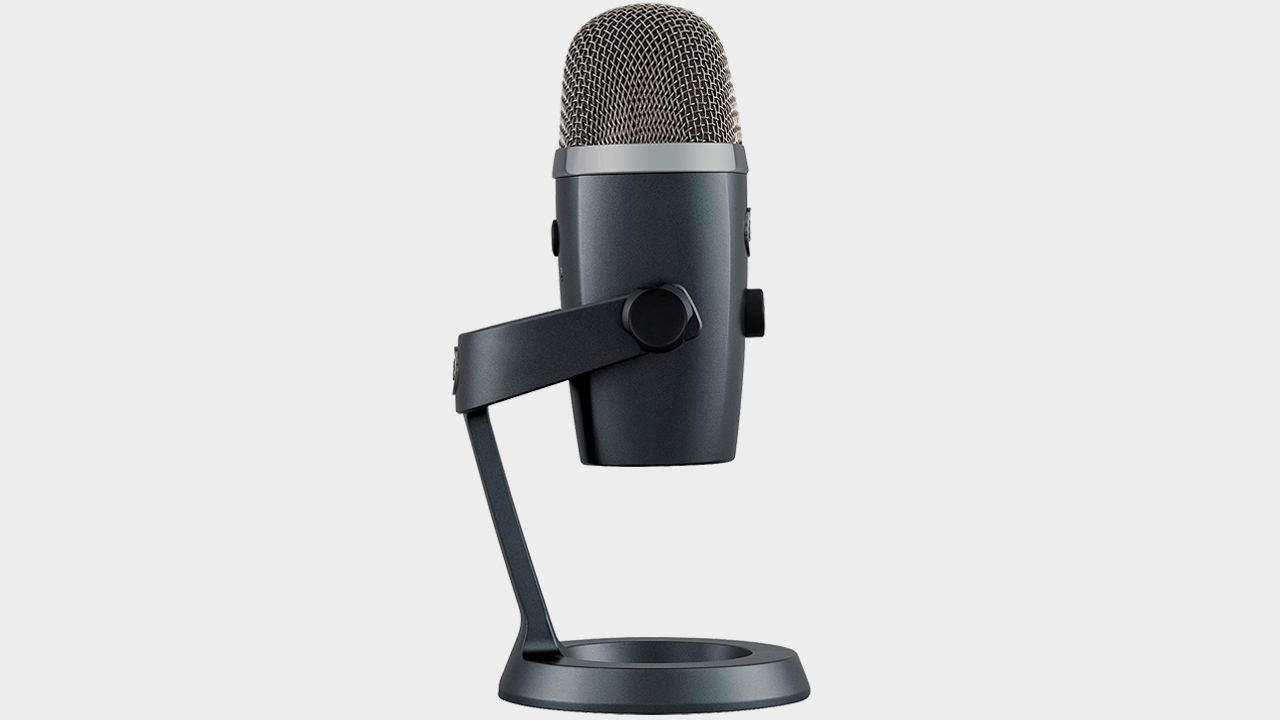
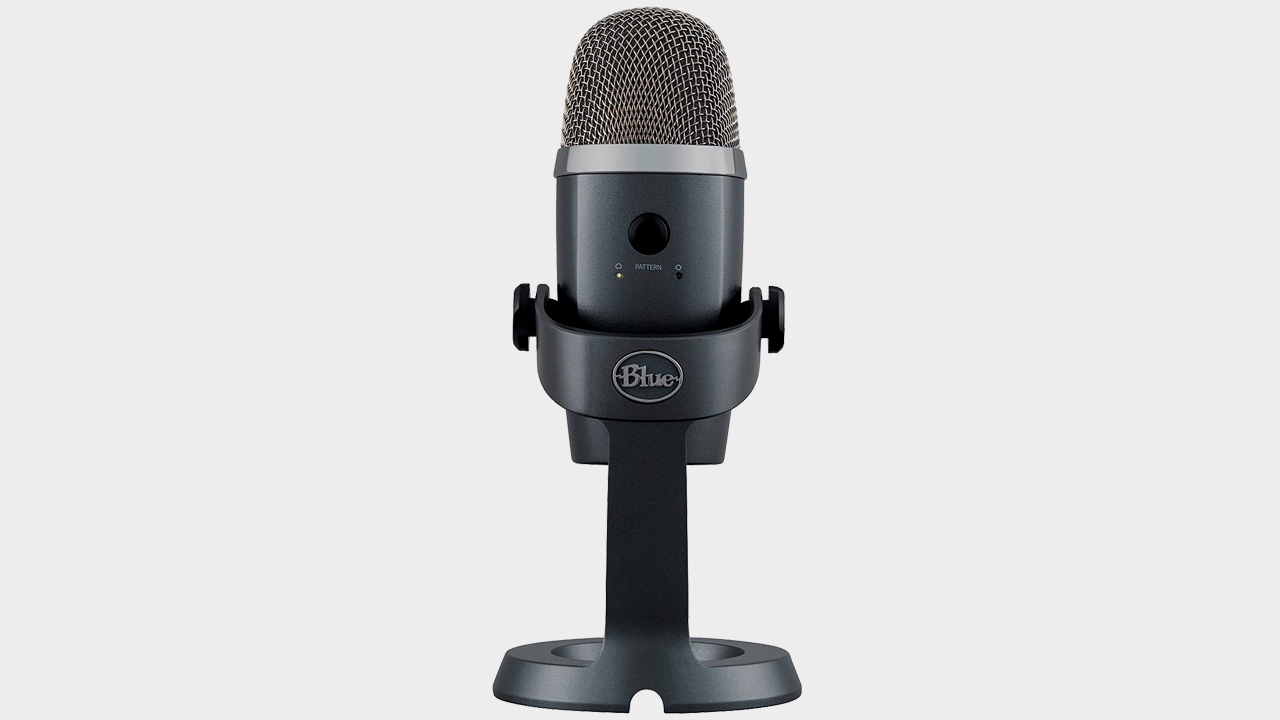
6. Blue Yeti Nano
The best microphone for beginners
Specs: Power: 5V | Polar patterns: Cardioid, Omnidirectional | Connectivity: USB | Frequency response: 20Hz-20kHz | Features: 48kHz sample rate, zero-latency monitoring, mute & headphone volume controls
This miniature version of the classic Blue Yeti is the perfect microphone for those just starting with streaming. It has an excellent sound quality for a product under $100. Simultaneously, its tiny size and lightweight metal build make it easy to transport (this is at least 40 percent smaller than its cousin).
The difference its 24bit / 48khz recording sample rates make is noticeable, too; putting audio from the Nano and original Yeti side by side reveals that the former is superior by quite a margin. It’s only got two polar patterns (cardioid and omnidirectional), but the Yeti Nano more than makes up for it with everything else.
Best gaming headset | Best gaming monitor | Best HDMI cable for gaming
Best computer speakers | Best SSD for gaming | Best CPU for gaming
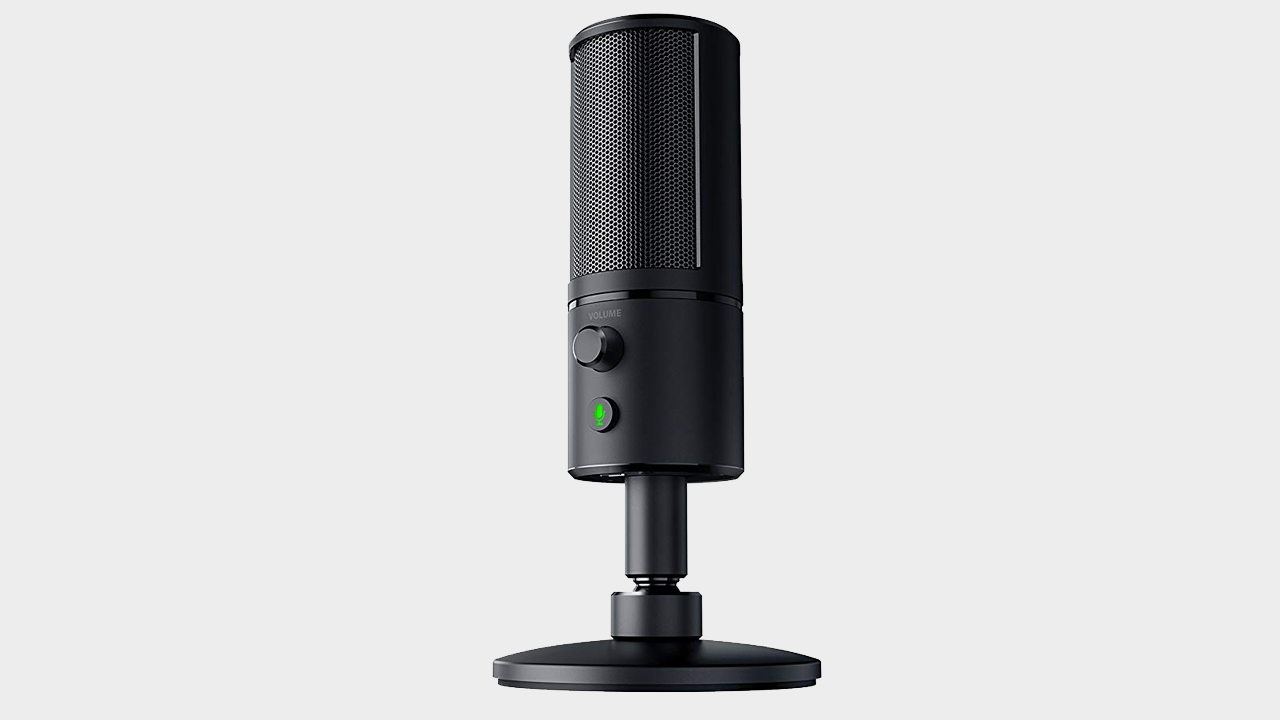
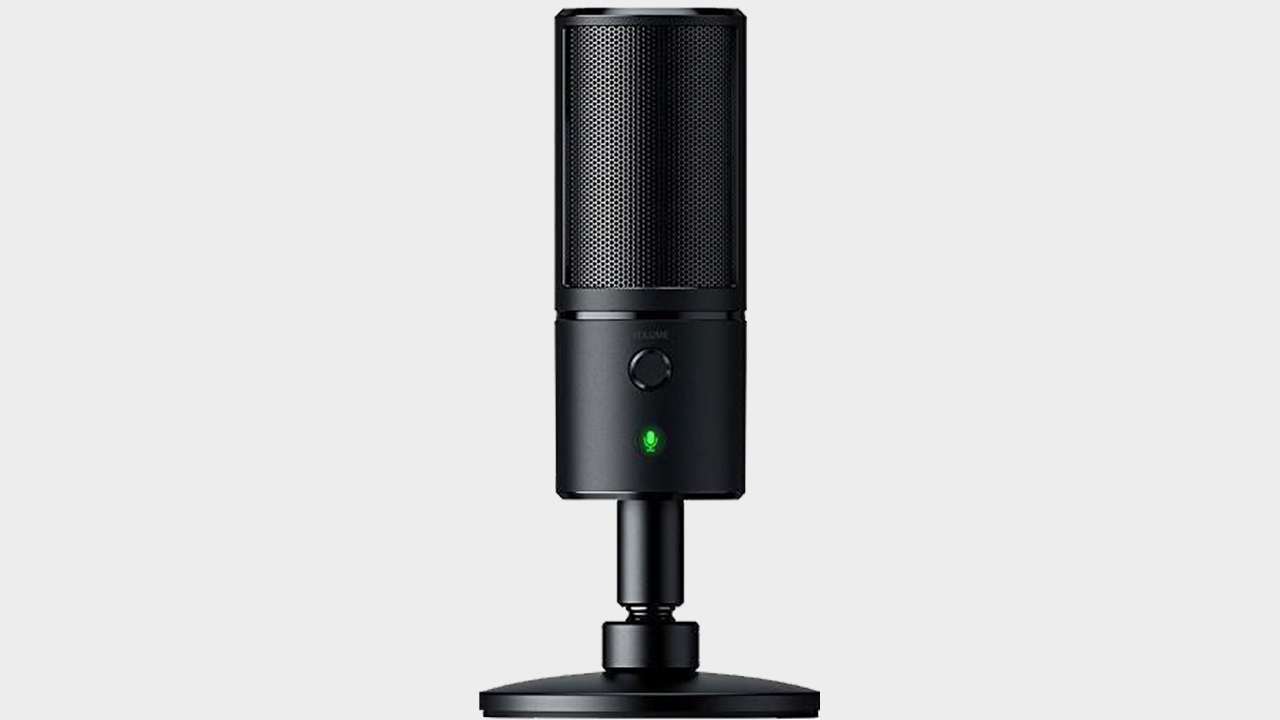
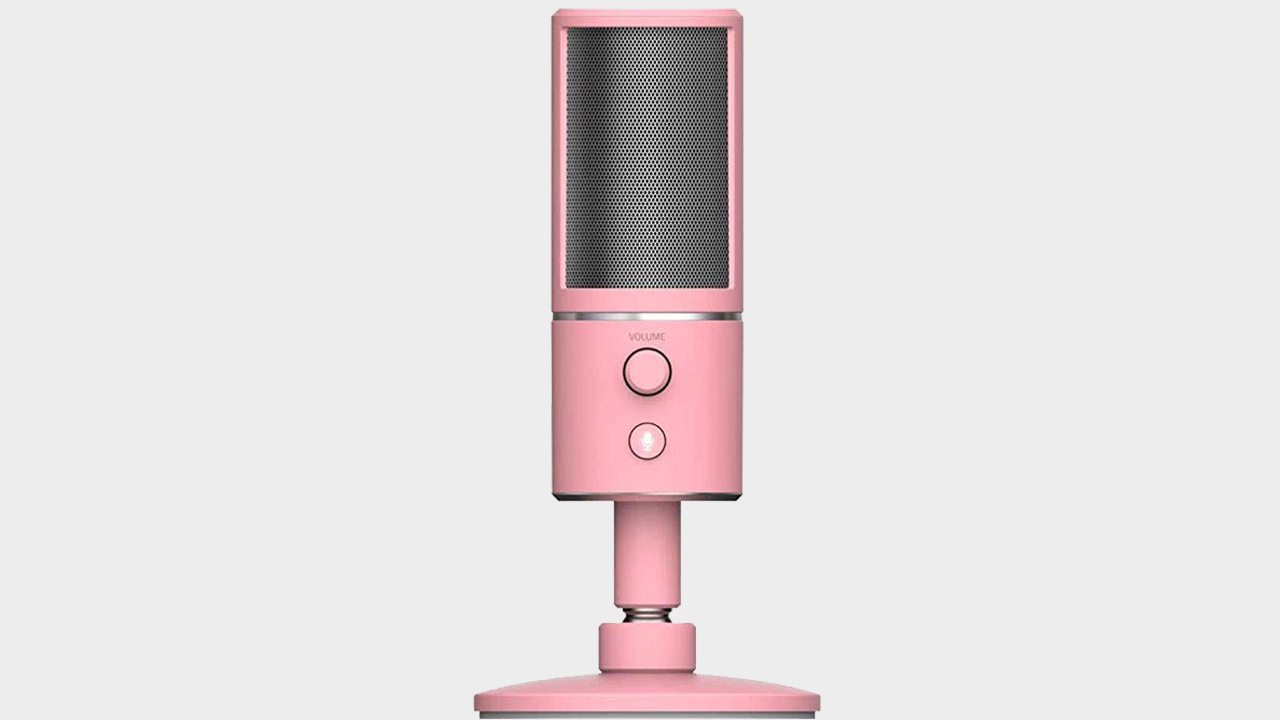
7. Razer Seiren X
The best compact and portable microphone
Specs: Power: 5V | Polar patterns: Super-Cardioid | Connectivity: USB | Frequency response: 20Hz-20,000Hz | Features: built-in shock mount, mute button, zero-latency 3.5 mm headphone monitoring port
The Razer Seiren X is 50 percent smaller than the original Seiren mic design and packs just as much audio quality. It stands on your desk like a can of Red Bull; such are its unassuming dimensions. The built-in shock mount works well to absorb unwanted spikes from desk kicks and the like, while a single volume control and mute button make up the only physical controls, helping the Seiren X retain its slick aesthetic.
There are inevitably a couple of minor downsides. Like the Blue Yeti, we found that the Razer mic picks up a noticeable amount of ambient noise, you know, like the dreaded click-clack of your mechanical keyboard. It's not so much as to prevent it from being an available streaming mic, but we'd hoped for better noise-canceling from Razer given their trumpeted super-cardioid polar pattern. Still, the fundamental recording quality is there, as is the quality of finish.
The Sieren Emote display emoticons on the microphone via an 8-bit LED display. An excellent little addition to add some character to your stream. It's mostly a Seiren X with an exception for LED display and the interchangeable gooseneck stand.
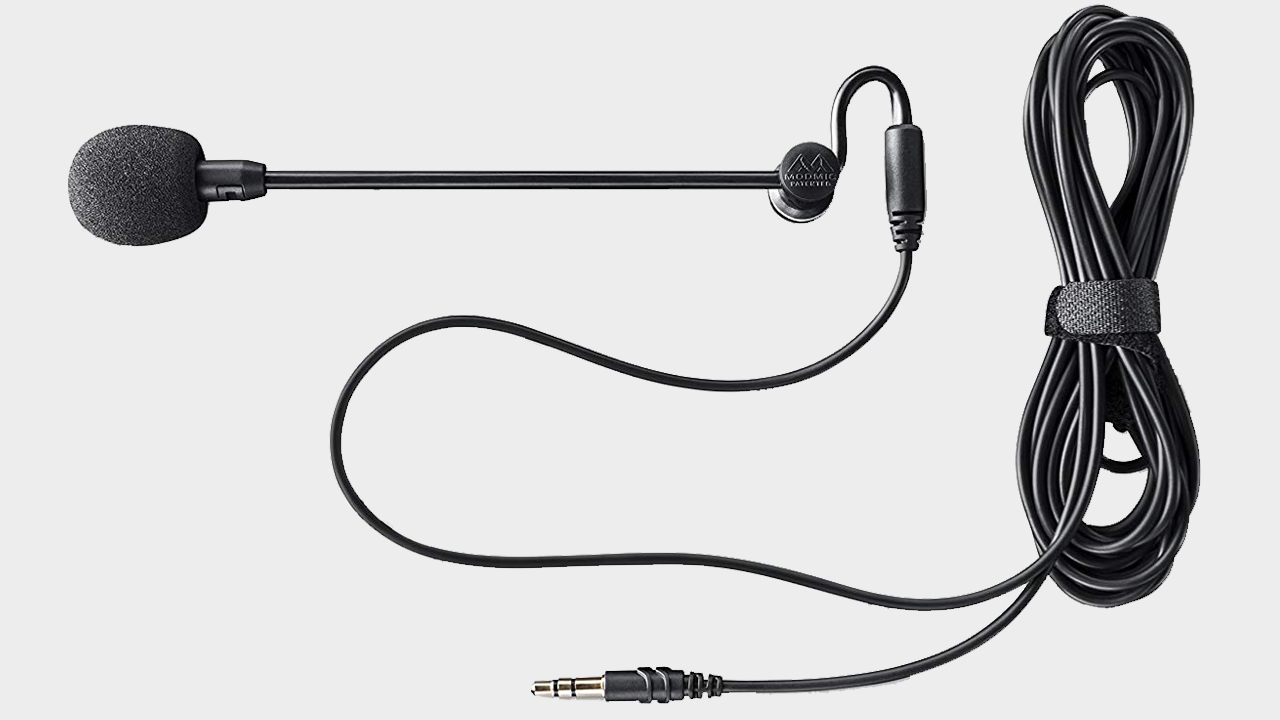
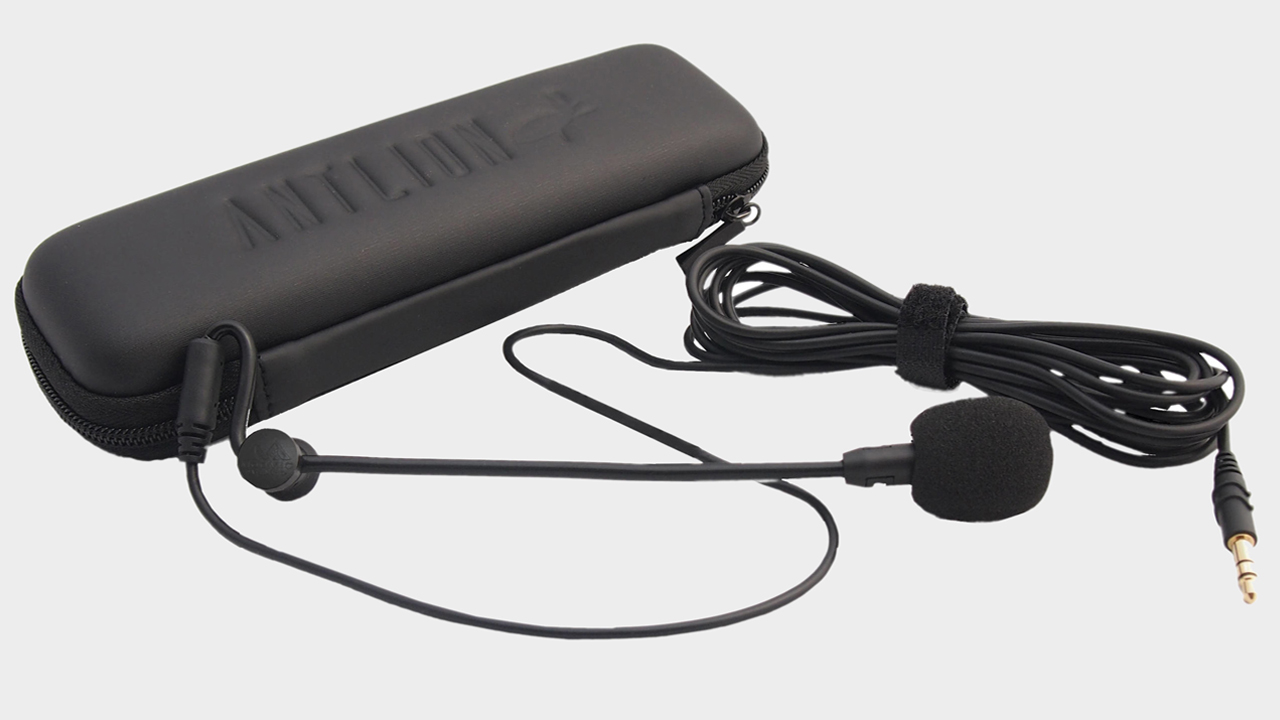
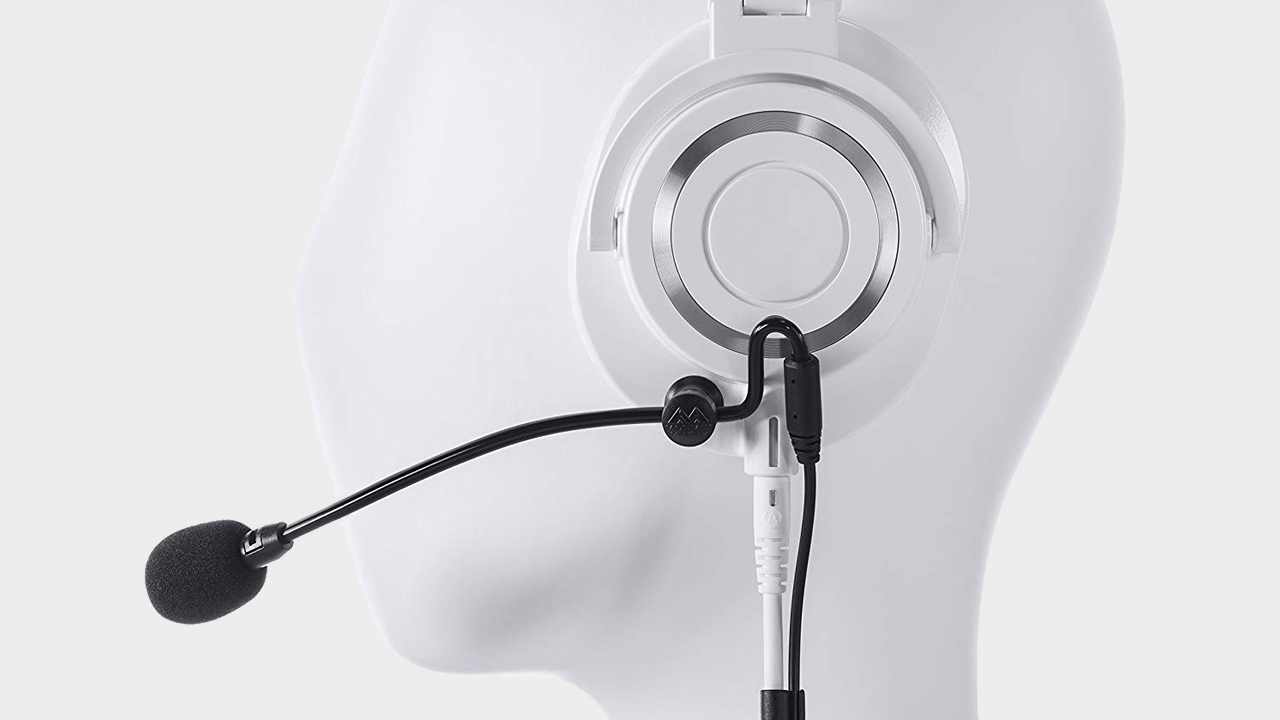
8. AntLion ModMic
The best attachment mic
Specs: Power: 10V | Polar patterns: Unidirectional | Connectivity: 3.5mm, USB (adapter) | Frequency response: 100Hz-10,000Hz | Features: modular and toggle mute switches, adhesive pads, carrying case, 1m and 2m cables
Some of you out there might have a desk that’s… well, let’s call it cluttered. Making room for a standing microphone without it being in an awkward spot may not be possible. That’s where attachable mics enter the picture, and the AntLion ModMic is the best one we’ve used. It sticks to the side of your headphones like a built-in headset mic; only its audio quality is significantly better. Its magnetic attachment also makes it incredibly easy to setup.
Most small headset mics like the ModMic don’t have apparent audio fidelity, but that’s because they usually come attached to a pair of headphones. While it doesn’t sound as good as a standing mic like the Blue Yeti, but it probably sounds better than any other mic you’d find attached to a pair of headphones.
How we test microphones
These are the most common polar patterns:
Cardioid: Records in front of the microphone. Perfect for voice-over, vocals, and streaming.
Bidirectional: Captures audio in front of and behind the mic. Ideal for one-on-one interviews.
Omnidirectional: Picks up sound from every direction. Perfect for round-table interviews.
Stereo: Perfect for ASMR recordings. YouTube 'ASMR' if you want the best example because I couldn't do it just justice.
More gear for streaming
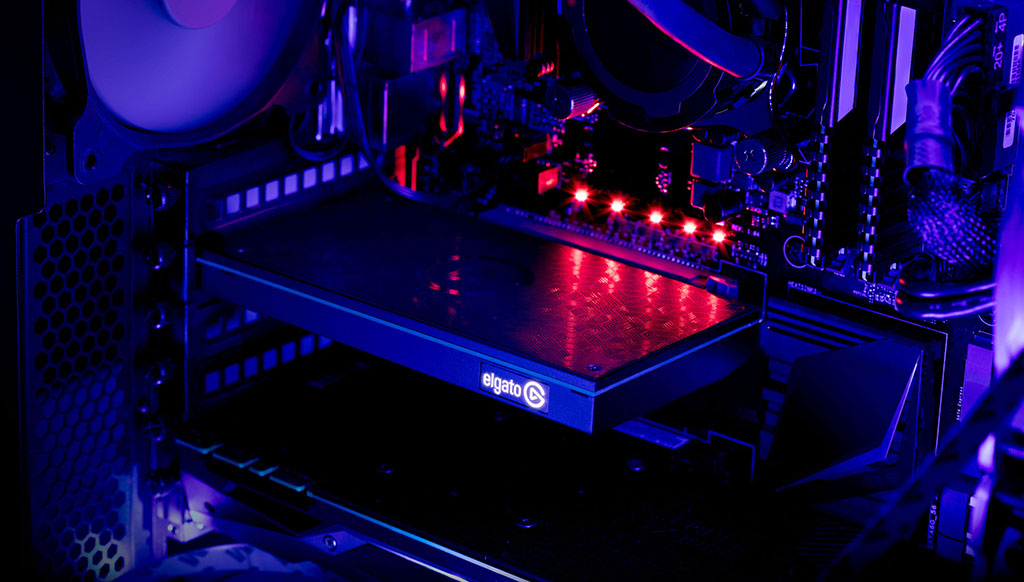
Best webcams: be seen while you get your stream on
Best capture cards: lessen the load with a dedicated card
Recording quality
I say that audio quality isn’t everything, but it’s still the most important factor when testing a microphone. The point is, after all, to find a mic that makes you sound good. We tested multiple microphones with different mic settings. We usually just with the Cardioid polar pattern since that's how these mics are used most of the time, gaming and live streaming.
Adaptability
Everyone’s desk and setup requirements are different, so a mic must perform well under a handful of different scenarios. If a microphone sounds better than all the rest combined but only when it’s on a suspended mic stand with a shock mount, positioned precisely six inches away from your mouth, it’s not necessarily a reliable option to recommend. You need a mic that sounds great under any circumstance and can adapt to; however, you need to use it so you can play your games comfortably and still look great.
Form factor
This isn't a fashion show, but the form factor is still something that matters. In the case of a standing mic, you'll be staring at it every time you're sitting at your desk—and attachable mics need to make sure they aren't too distracting either. A mic's form factor can also play a role in how adaptable it is, as you'll need to make space for it. We used every mic in multiple settings with different PCs, keyboards, and monitors, getting a feel for how they looked and performed in each environment. As a streamer, your mic will also be in view for your audience, so its appearance is relevant.
Price
And as PC gamers, we will, of course, always try to get the best we can for less. It’s easy to get lost in the deep dark woods that is the world of audio, and even easier to spend a ludicrous amount of time and money chasing the best possible setup. But we don’t need studio-ready equipment, so the price is an essential factor when looking at how good a particular mic is. You can keep working your way up the food chain, finding better and better quality at a higher and higher price, so made sure to keep it in a gamer’s budget. Price is also vital in comparing what one option can offer over another. Think about your use case; if you're only using a microphone to chat with your teammates, chances are, you don't need a microphone with half a dozen polar patterns. Don't spend money on features you don't need or use.
December 08, 2020 at 05:30PM
from PCGamer latest
Source
0 تعليقات